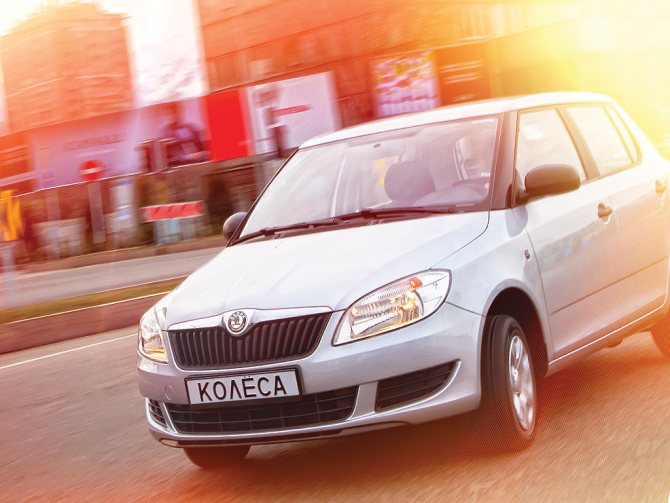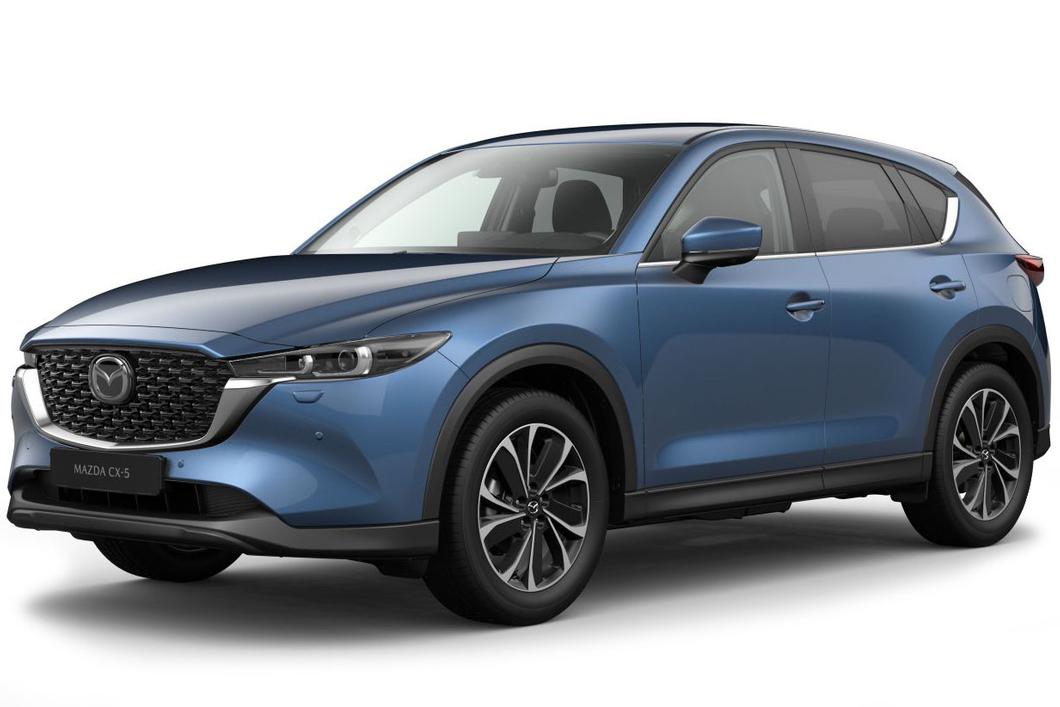
Toyota C-HR - off-road driving
Crossovers are cars that supposedly handle off-road, but don't. At least we know what they look like. Is C-HR one of them? Is he even a little bit drawn to off-road driving? We won't know until we check.
All kinds of crossovers simply "captured" the automotive market. As you can see, this suits customers, because there are more and more cars of this type on the roads. Quite massive, comfortable, but with an off-road appearance.
The C-HR looks like one of those cars. There may not be all-wheel drive, but crossover buyers, even if it is, for the most part opt for front-wheel drive. It's similar here - the C-HR 1.2 engine can be ordered with a Multidrive S gearbox and all-wheel drive, but that's not what most people choose. In our model, we are dealing with a hybrid drive. How does this affect driving on low traction surfaces? Let's find out.
Driving in rain and snow
Before we leave the track, let's take a look at how the C-HR handles wet asphalt or snow. It's a bit tricky - it all depends on how we handle the gas.
If you move smoothly, it is very difficult to break the grip - whether it is snow or rain. Torque develops gradually, but from the moment it is launched, it is in abundance. Thanks to this, even in the mud, if we just release the brake, we can easily leave the muddy ground.
In situations without a way out, that is, when we have already buried ourselves thoroughly, unfortunately nothing will help. There's nothing better than a self-locking differential, and traction control doesn't always win. As a result, if one wheel loses traction, this moment, which was already in abundance a moment ago, turns out to be too large. Only one wheel starts spinning at a time.
This brings us to a situation where we are not very careful with gas. Here, too, the torque of the on-demand electric motor begins to interfere. If we press the accelerator all the way in a turn, all the moment is transferred to one wheel again, and we get into understeer. The effect can be similar to a clutch shot - we immediately lose grip. Fortunately, then nothing serious happens, the drift effect is mild, and at higher speeds it is practically absent. However, you may want to keep this in mind.
In mountains and desert
We already know how the C-HR drive behaves when traction is reduced. But how will it look on the sand or when climbing higher hills?
Optimally, we'd like to see a 4x4 version here. Then we could also test the drive's capabilities - how it delivers torque and whether it's always where it's needed. Can we say something now?
Shell we. For example, when starting uphill with the Auto-Hold function, the C-HR just keeps moving – and it doesn’t even need all-wheel drive. Even if we stand on a hill and just move on. Of course, provided that the entrance is not too steep, and the surface is not too loose. And yet it worked.
We also managed to cross the sand, but here we cheated a little. We were sped up. If we stopped, we could very easily bury ourselves. And since you don't have to tow hybrids, you would have to take valuables and ditch the car as it is. After all, how else to get him out of this situation?
There is also the issue of ground clearance. It seems to be raised, but in practice “sometimes” lower than in an ordinary passenger car. There are two fenders in front of the front wheels that keep everything in the way. During our games in the field, we even managed to break one of these wings. Also, for Toyota, she thought maybe those fenders were too low. They were attached with some kind of screws. When we hit the root, only the latches stuck out. We removed the bolts, put in the "screws", put the wing on and put the bolts back in. Nothing is broken or distorted.
You can but you don't have to
Is the Toyota C-HR a bit off-road? In appearance, yes. You can also order all-wheel drive to it, so I think it is. The main problem, however, is that the ground clearance is too low, which is unlikely to increase in the 4x4 version.
However, hybrid drive has its advantages in the field. It can transfer torque to the wheels very smoothly, so we don't need much experience to get going on slippery surfaces. This advantage reminds me of the old Citroen 2CV. Although it was not equipped with a 4x4 drive, the weight and appropriate suspension allowed it to be driven on a plowed field. The drive to the front axle, and not to the rear, also did its job here. The C-HR isn't as light at all, and the ride height is still low, but we can find some advantages here that would allow us to get off the pavement more often.
However, in practice the C-HR must remain on the paved road. The farther we are from it, the worse it is for us and the car. Luckily, customers aren't going to test it like other crossovers.

